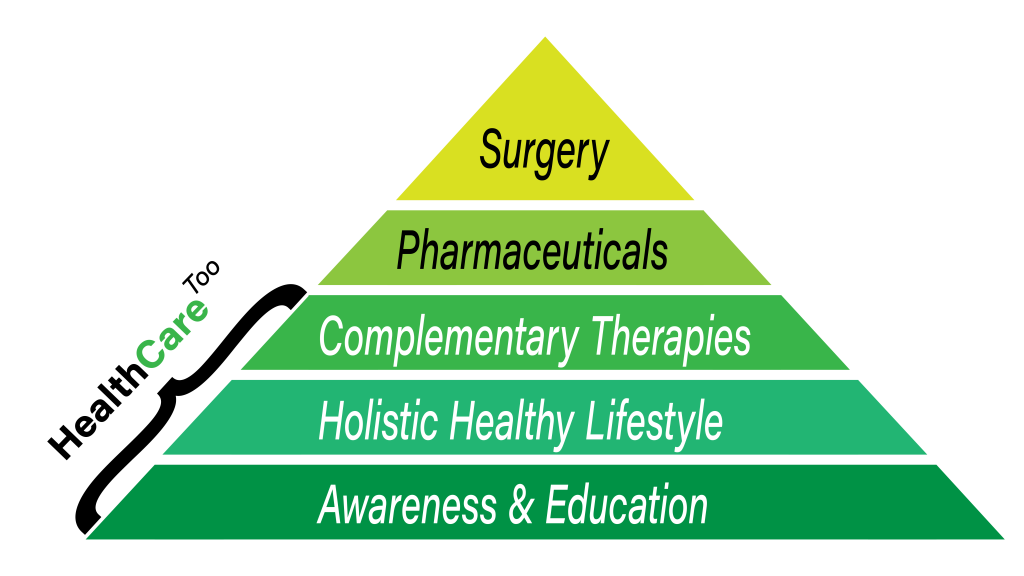Understanding Qi
Understanding Qi should not be so difficult. It is a common concept from ancient China. However, the simple idea of Qi seems so convoluted in a modern world, especially for those in the West.
Qi is energy, much like steam power was energy to early industrialists. Steam comes from water and heat so both water and heat must be present. For Qi this is yin and yang; both must be present.
Not only present but in balance. For a steam engine, too little steam and everything grinds to a halt. It may be too little water or too little heat. Alternatively, too much steam could result in an explosion. Qi in Traditional Chinese Medicine must also be in balance, too much or too little can be devastating.
There’s major buzz right now around the notion of qi (or chi). Qi is another word for energy, but not just energy in the way we simply describe it — it’s the vital life force behind our body’s entire element. Not only do we hold qi internally (both physically and esoterically), but the environment around us holds it as well. According to Chinese medicine, qi is what holds the mass and matter of all things together. It’s the area between the empty spaces, the life behind the force and the movement behind our mind, body and soul.
To maintain good health, we need proper flow of qi. If there is an imbalance, this is when we start experiencing illness and discomfort. As practitioners of Chinese medicine, first we look to see if the qi is in excess mode or deficient mode. Next we follow with further inspection (checking tongue and pulse) and symptomology questions to discover exactly what is deficient and/or in excess. Then we use the tools of Chinese medicine: acupuncture, herbs, moxa and cupping to balance the body.
For more please see the original article thechalkboardmag.com
You may also enjoy this article: Is Wholeness the Secret of Well-Being?




